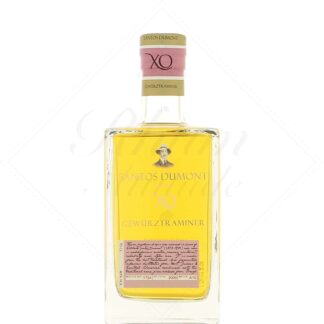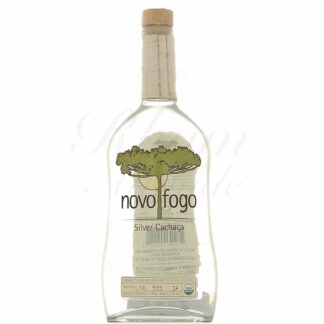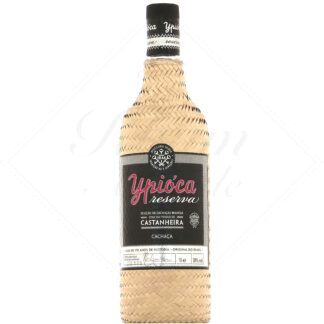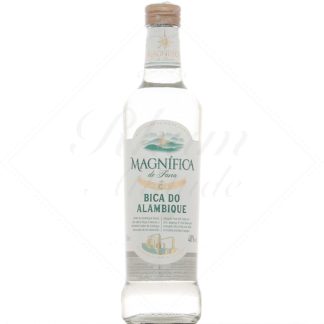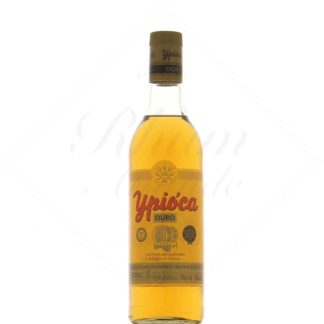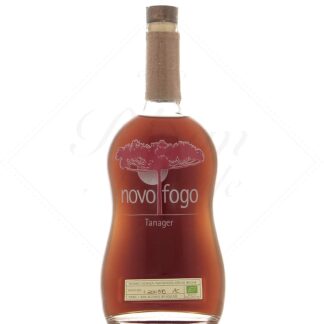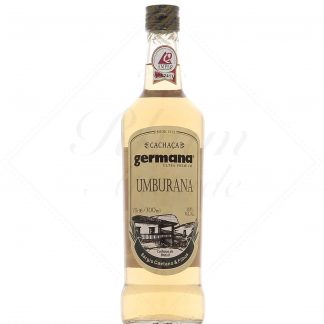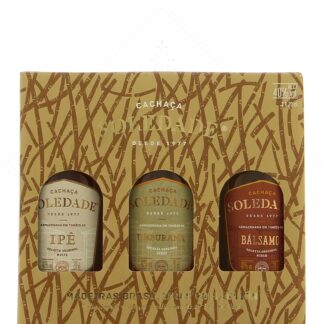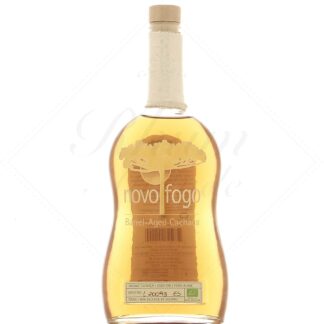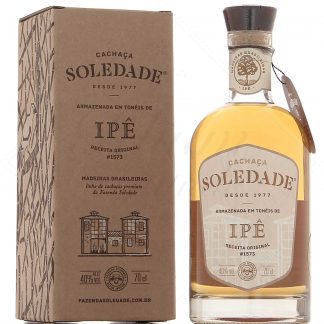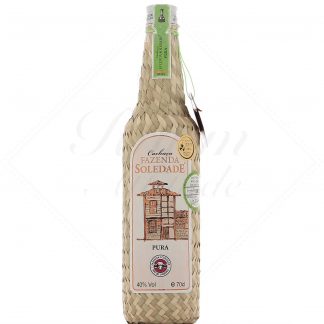Cachaça (Brazil)
History of cachaça
In the 16th century, the Portuguese considerably increased their sugar production by exporting the cane they were already growing in Madeira to Brazil. They also brought a few alembics (stills) and distilled the scum from the cane juice, which was boiled to produce sugar, or the cane wine that local peasants and slaves were already raving about. At first, this rustic beverage was reserved for slaves, who were encouraged to work hard or forget their misery.
As it became increasingly popular, it was a key element in the terrible triangular trade, becoming a highly sought-after currency of exchange. As is often the case in other countries, its success grated on producers in the colony's country of origin, in this case Portugal. First unsuccessfully banned in the 17th century to favor aguardente producers on the old continent, it was then heavily taxed in the mid-18th century. Since cachaça had by then become a rare and expensive product, the Brazilians decided to treat it as such and improved their methods to offer an increasingly refined product. This strategy proved successful, and cachaça was invited to the finest tables of the Portuguese court.
The break with Portugal and Europe finally came in the 19th century, with the abolition of slavery and Brazil's determination to put its painful past behind it by turning to coffee production. For a long time, cachaça remained confined to South America, but continued to be produced in huge quantities, despite a difficult period when it was completely discredited by the elite. Today, after a successful rehabilitation during the 20th century, it is considered a national pride in Brazil, and there are some 5,000 distillers, not counting micro-farmers.
Production of cachaça
Like its cousin, rhum agricole, cachaça is distilled exclusively from pure fermented cane juice. Once the cane has been pressed, the juice is fermented in open containers, where it collects yeast and bacteria naturally present in the environment. This is called spontaneous fermentation, and no external yeast is added. To adjust the sugar content of the fermenting must, crushed corn is sometimes added. Rice or cane juice can also be added to help kick-start fermentation, or lemon to adjust acidity.
When the juice is properly fermented, usually after 24 hours, the yeast sinks to the bottom of the tank. Three quarters of the must is then recovered for distillation, while the remaining quarter is used as the fermentation mother, which remains active throughout the season.
Distillation is carried out on small traditional copper stills (alambics). It is generally done in a single pass , the distillate then measuring between 38° and 48°. The cachaça is then left to rest in tuns or barrels for a few months before being assembled, possibly reduced, then bottled. This rest in contact with the wood explains the light straw color of traditional cachaças. Some are aged for up to three years, but more prolonged aging is very rare. The wood species used are mostly local . Among the twenty species counted, we include Avurana, Amburana or Jequitiba for example.
This is the most widespread and traditional way of making cachaça. However, there are also some more modern distilleries that use steel distillation columns and stainless steel resting tanks. These produce more neutral cachaças, with less pronounced aromas.Sweetening is permitted up to 6g/L.
Cachaça brands
There are hundreds, if not thousands, of brands of Cachaça in Brazil. Here is our selection:
Abelha
A brand that works with a cooperative of small-scale organic sugarcane growers. This traditional cachaça is available in White and Gold.
Boca Loca
A very light cachaça, distilled in a very pure way. It has been distilled several times to remove aromas that might be considered too strong. It is available in white and Maracuja-flavored versions.
Leblon
Leblon succeeds in being both a widely distributed cachaça, present in bars all over the world, and a traditional cachaça. It is aged for 6 months in old Cognac casks.
Parati
A French brand sourced from one of the cradles of cachaça, the Parati region in Rio de Janeiro province. It's a blend of white cachaça and a portion aged in casks of Jequitiba Rosa, a highly prized species of wood.
Thoquino
This distillery, which dates back to the beginning of the 20th century, has its own cane fields. It produces on a rather large scale, offering aged white cachaça, as well as prepared cocktails such as the famous caipirinha.
Cana de Belem
Cana de Belem is similar to its close cousin, rhum agricole, and is distinguished by its fresh, herbal aromas.
Capucana
An elaborate aged cachaça. A blend of white cachaças and others aged for three years in ex-Bourbon casks and ex-islay peated whisky casks, its complex profile is worth discovering.
Kapoeira
An authentic cachaça for tasting. Distilled in the traditional way, it offers a complex range of aromas and flavors, as well as a sweetness that does not exclude a certain intensity.
Caipinha
You can't talk about cachaça without mentioning caïpinha. More than a cocktail, this drink carries with it the entire Brazilian imagination, in the same way that ti'punch does for the West Indies. Its simplicity and freshness are its main assets, but make sure you choose your ingredients carefully.
You will need :
A very good traditional cachaça
Organic lime
Cane sugar
Ice cubes
Pestle
The recipe is simple:
Cut half a lime into 4 pieces
Add a teaspoon of cane sugar
Crush with a pestle
Fill the glass with ice cubes
Pour the cachaça up to the top of the glass and stir Read less
